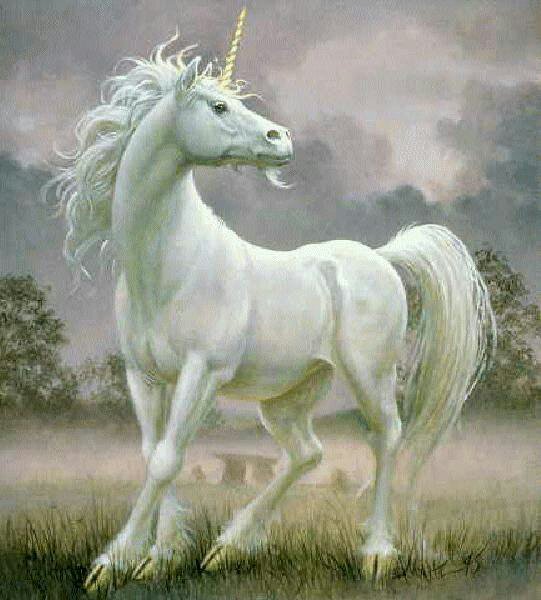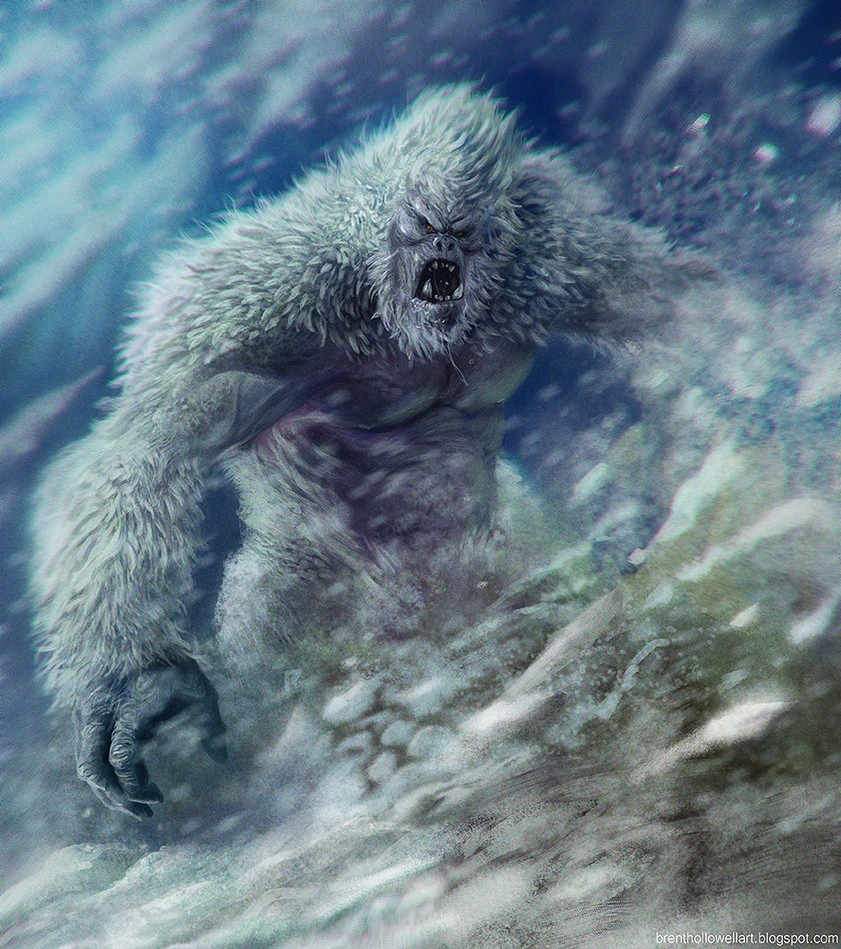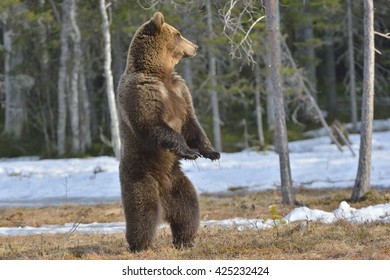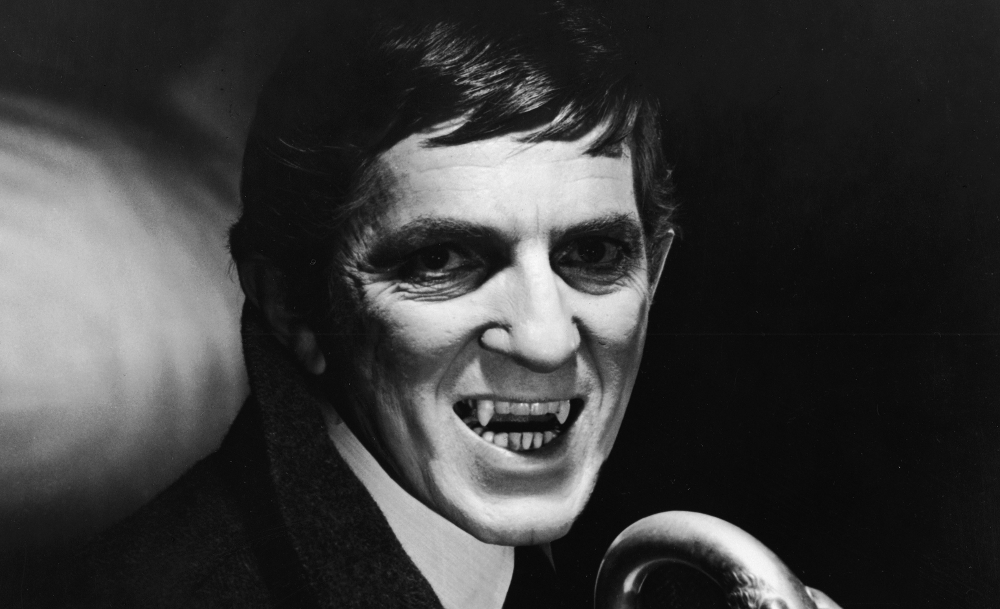Perhaps the single most iconic piece of American propaganda is the “I Want YOU” poster that depicts Uncle Sam pointing at the viewer and asking them to join the army. This poster was circulated during WWI, but has been adopted numerous times since then in a variety of ways. The poster was one of 46 created by James Flagg, who was one of multiple illustrators creating propaganda at the time. This raises the question: why was this poster specifically so much more successful than the others that it was competing against? When there were so many dozens of posters created, what made this one stand out so much that it is known a century after the fact? The answer lies in two parts; the first being that this iconic image comes from a well-respected figure, captures the widespread commonplace of patriotism, and panders to the viewers sense of self-importance. The second reason it was and continues to be so successful is its simplicity; there is very little contextualization needed to understand the message behind the image.
The man depicted in the image is Uncle Sam, who is essentially the incarnation of the nation itself. Although before this image Uncle Sam had been depicted primarily in a cartoonish manner – tall and gawky, oftentimes doing something satirical – in this poster he is drawn more realistically and looks to be more muscular and serious. The celebrity status combined with his newfound look lends Uncle Sam a powerful tool: credibility. Even though he is a fictional character, the viewer will still subconsciously thinks of Uncle Sam as being a reliable source. This is further reinforced by the fact that Uncle Sam is wearing red, white, and blue which further go to show his dedication to the country.
During WWI the citizens of the U.S wanted to present a united front to the rest of the world. What this meant was that patriotism was considered to be one of the greatest possible virtues, and people were extremely enthusiastic in expressing their patriotism. One of the best ways for a citizen to show how patriotic they are is to join the army, making the timing of this poster very kairotic. In addition, as mentioned earlier, Uncle Sam is the archetypal representation of the U.S and its ideals. How can the viewer consider themselves a patriot if they deny him in his time of need? This makes the viewer feel as though they have to enlist, and attempts to make them feel guilty if they do not.
This poster also plays to something that may not be part of the classical appeals, but is very effective nonetheless. Humans have a naturally inflated opinion of themselves. If 1,000 people are asked if they are above average intelligence, almost all of them will say yes even though this is extremely unlikely. In the same vein, people are always seeking to validate their overinflated notion of self. What this poster does is that it implies that the country needs “YOU,” the viewer, specifically. While this is obviously not true, and the viewer will know that this is untrue in a logical sense, they will still subconsciously react to it. In all likelihood one random recruit is unlikely to change the outcome of the war, but people are loath to admit to their own relative insignificance. Instead the viewer will likely focus on the slim chance that they are pivotal to the war effort, and this will occupy the majority of their thoughts. From there it is a natural next step for them to sign up for the army.
Not only are the things that the poster does contain important, but also are the those that it does not. The above paragraph discussed how the viewer knows that part of the poster’s message is untrue from a logical perspective. For this reason, there is no real appeal to logos present in the poster. An appeal to logos would dilute what is present. Rather, the image deals in shock and awe by singling the viewer out and making them feel important, while also making them feel as though it is their patriotic duty to contribute. The problem is, neither of these things are true. If the poster added a logical argument to what is already present, then it forces the viewer to think logically in order to comprehend and understand that argument. And if the viewer does that then they may very well start to think logically about the other arguments, and soon realize that they do not hold much water.
Undoubtedly this poster has many of the components required to comprise an effective civic artifact. But, it was only one of 46 such posters created by one man. Why was it so much more successful than its contemporaries? The only way to determine this is to examine other posters created by James Flagg, and learn why they fell by the wayside as this poster continued to thrive over the decades.
One such poster depicts Uncle Sam staring directly at the viewer, hands on hips, stating, “I am telling you. On June 28th I expect you to enlist in the army of war savers to back up my army of fighters.” This poster bears many obvious similarities to the first one; it too uses Uncle Sam to lend itself a sense of credibility and invoke patriotism, uses the word “you” to appeal to the readers narcissism, and doesn’t waste time with a logical argument. But the significance is not in the similarities, but rather in the differences.
This first difference may seem silly, but is actually extremely important. As mentioned earlier, Flagg was one of the first authors to draw Uncle Sam as a more serious figure, as is clearly shown in the first poster. He is a broad, imposing man with an air of importance; basically the type of person that an American citizen should strive to emulate. However, this is not the case in the second image. In this image, Uncle Sam looks overly serious, in an impractical pose and with a strange facial expression. While these may seem like minor points, both of these images rely on Uncle Sam to give them credibility. While it works in the first poster, the exact opposite effect is created for the second. The very figure that was meant to make the poster seem trustworthy to the audience instead serves as a point of ridicule, which is one of the worst possible outcomes.
The second issue may also seem relatively trivial at first glance. The first poster is very concise and to the point, consisting of just one short sentence and a compelling image. The second poster on other hand has a significantly less compelling image, but also around four times as many words. This means that it is not nearly as effective. The primary strength of a poster is that it grabs the attention of the viewer in some way and makes its point quickly and efficiently. Oftentimes people won’t stop to even fully read a poster, but just glance at it in passing. The first poster would still have been effective in that scenario because its message was concise and its imagery powerful, but this second poster has a longer, less effective message and significantly weaker imagery.
There is one final reason why the first poster has been so successful not just when it was first printed, but in the decades after. The language that it uses is just so widely applicable. It requires no contextualisation, as soon as the viewer reads it they understand what is being said without needing any background knowledge. The other poster, is not nearly as general. It mentions things such as, “the war savers” which makes it unlikely that it will ever be used past a couple years after first printing. While this difference probably did not play a crucial role in the initial success of the, “I Want YOU” poster, it was most definitely pivotal in the longer term.
While both posters utilized many of the same ideals and made many of the same appeals, the first poster did so in a much more efficient manner. By using more compelling imagery and more concise and widely applicable wording the first poster ensures that it endures through the decades while its companions fall by the wayside.












